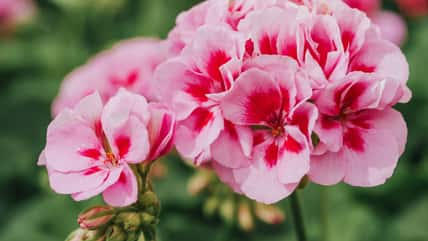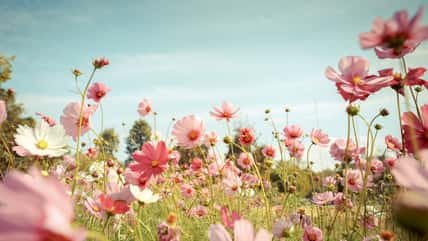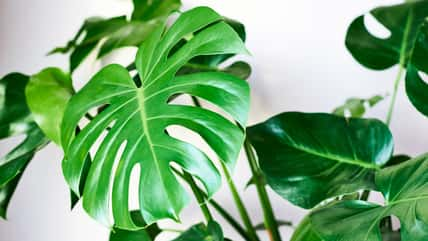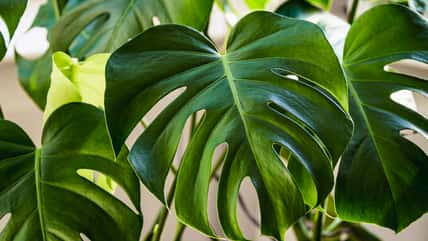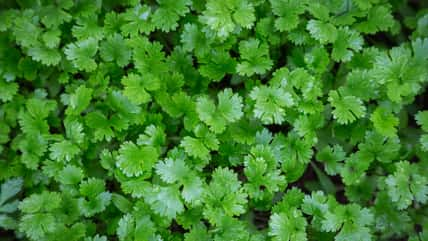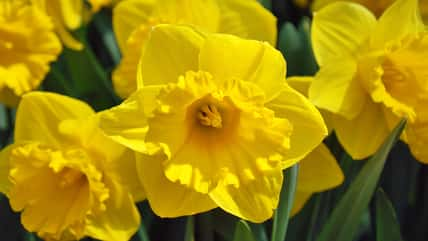Beat The Seasons And Add A Burst Of Flavor To Your Cooking Year Round By Growing Basil Indoors: Here’s How
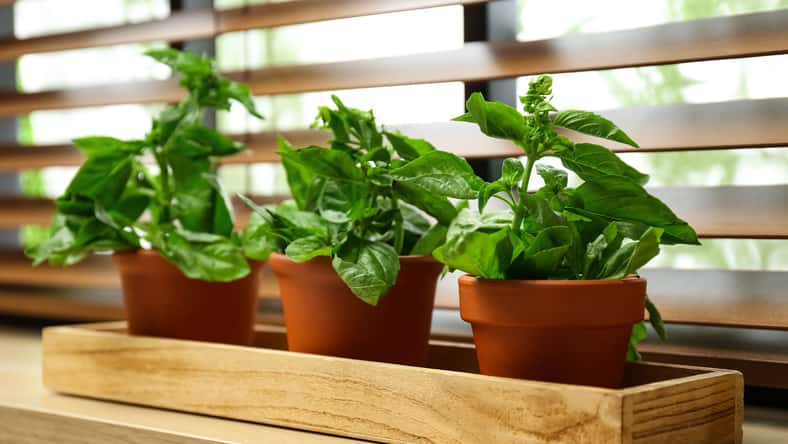
Wouldn’t it be nice to add a fresh, flavorful twist to your dishes with just a pinch of effort? Well, with indoor-grown basil, you can.
This beloved herb, known for its vibrant flavor and aromatic presence, isn’t just confined to outdoor gardens. In fact, growing basil indoors is completely doable, allowing you to enjoy its fragrant leaves year-round.
So, here’s how you can start cultivating basil indoors to add a burst of flavor to your meals, whether it’s the height of the summer or the dead of winter.
The Benefits Of Growing Basil Indoors
Indoor basil cultivation comes with a bunch of perks. For starters, it sidesteps the seasonal limits of outdoor gardening, providing a constant supply of fresh herbs regardless of the weather outside.
This is a game-changer for culinary enthusiasts looking to add a fresh twist to their dishes at a moment’s notice. Plus, having basil within arm’s reach encourages more creative and healthier cooking.
Not to mention, the vibrant green leaves and soothing aroma of basil plants can brighten up any space, making your indoor garden not just a source of flavor but also a decorative element.
Best Basil Varieties To Grow Inside
While most basil varieties thrive indoors, some are better suited to the confines of your home.
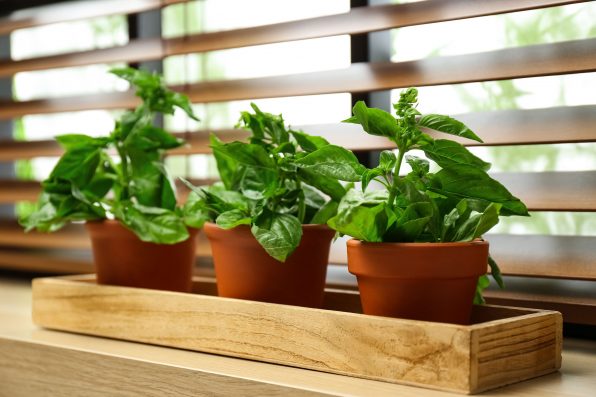
New Africa – stock.adobe.com – illustrative purposes only
Sweet Basil is a classic choice for its versatile flavor, perfect for pesto and salads. Genovese is another favorite, known for its large leaves and robust flavor, which is ideal for Italian dishes.
If you’re limited on space, Spicy Globe or Greek Basil varieties stay compact and bushy, making them perfect for windowsills. Or, for something a bit different, Purple Basil offers a unique color and a slightly spicier flavor, adding both a decorative and tasty twist to your indoor garden.
How To Get Started
Beginning your basil journey is pretty straightforward. You can start with seeds, sowing them in pots with well-draining soil, or simplify the process by transplanting small plants from your local nursery.
If starting from seeds, be sure to keep the soil moist and cover the pots with plastic wrap to create a greenhouse effect, encouraging germination.
Then, once the seedlings sprout and grow their first set of true leaves, they’re ready to be thinned out and given more room to flourish.
Caring For Your Indoor Basil
First, it’s important to know that basil absolutely loves the sun. So, aim for at least six hours of direct sunlight daily, utilizing a sunny windowsill or supplementing with grow lights during darker months.
As for watering, it’s best to keep the soil consistently moist but not waterlogged. You should water when the top inch of soil feels dry to the touch.
Basil also prefers warmer temperatures, ideally between 65°F to 70°F. So, if your home is on the drier side, a pebble tray or occasional misting can help raise humidity levels.
When it comes to soil, you can use a well-draining potting mix to prevent water from sitting too long and causing root rot.
Lastly, you should feed your basil with a balanced, liquid fertilizer every four to six weeks during the growing season to support lush growth.
Pruning Your Basil
Regular pruning is key to a bushy, productive plant as well. All you have to do is pinch off the tip of each stem once the plant has at least six leaves, encouraging it to branch out.
It’s important to remember that you should always prune above a leaf pair, too. This allows new branches to emerge and keeps the plant full and bushy.
Harvesting Your Herb
Then, you can harvest leaves as needed by simply snipping off individual leaves or entire stems, especially before the plant flowers, to maintain the quality of the leaves.
Frequent harvesting encourages the plant to produce more leaves, ultimately extending its life and productivity.
Tackling Common Problems, Pests, And Diseases
Now, basil is relatively low-maintenance. However, it can still occasionally face issues like aphids, spider mites, and fungal diseases, especially if overwatered or in poor airflow conditions.
So, you should keep an eye on your plant for early signs of trouble and treat it with natural remedies or insecticidal soaps as needed.
But, ensuring good drainage, proper watering, and ample airflow can prevent most of these issues before they even start.
Sign up for Chip Chick’s newsletter and get stories like this delivered to your inbox.
More About:Gardening
